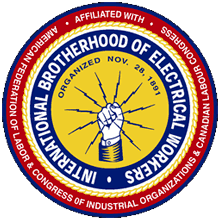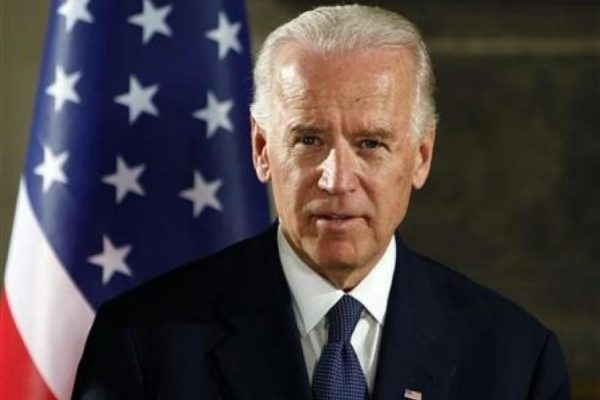September 7, 2015
By Bill Hohlfeld
Whether or not we choose to attend our local parade, most of us manage to connect the month of September with Labor Day. Unfortunately, for many of us it signifies little more than a three-day weekend and the last big barbecue of the summer before the kids head off for school. But September of 1921 had little to do with department store sales and hot dogs for the coal miners of West Virginia who participated in what was probably the largest armed insurrection in the United States since the Civil War.
The fight between mine workers and mine owners in West Virginia had long been a brutal one, with the UMWA gaining its first tenuous foothold in 1902, after ten years of tireless organizing campaigns. By 1919, the largest non-unionized coal region in the eastern United States consisted of Logan and Mingo counties. Workers in those counties soon grew hungry for the wages and conditions that were enjoyed by their organized brothers in the surrounding areas. Predictably, they grew more militant.
Also predictable was the coal mine owners’ reaction. Rather than sit and negotiate, they sent in the gun thugs from the Baldwin-Felts Detective Agency who operated as strike breakers in the same manner as the Pinkertons. Tempers flared and the inevitable violence erupted. Evicted mine workers, led by local chief of police Sid Hatfield shot it out with the Baldwin Felts detectives in the town of Matewan, and killed seven of gun toting coal police.
Hatfield became an instant hero and nearly 90 per cent of the miners joined the union. The glory was short lived, however, because in August of 1921 Sid Hatfield was murdered by Baldwin Felts detectives. In retaliation to this bold act, over 5,000 miners armed themselves and tied red bandanas around their necks (coining the term rednecks) so they would recognize one another, and made firm their resolve to do battle with the coal mine owners.
By the end of August, thousands of miners were engaged in a pitched battle with National Guard units under the command of Colonel William Eubank. Casualties began to mount. Finally, on September 1, President Warren G. Harding sent federal troops from Fort Thomas, Kentucky. The expedition included war hero Billy Mitchell, who led an air squadron from Langley Field near Washington, D.C. When faced with the prospect of fighting U.S. troops, most of the miners surrendered. A few die-hards on Blair Mountain continued fighting until September 4th, after which all surrendered or returned home. During the fighting, at least twelve miners had died.
The incident went a long way in depleting the ranks of the UMWA, and that remained true for 12 years until in 1933, the passage of Roosevelt’s National Industrial Recovery Act aided in the organizing efforts of unions. Perhaps when we light the grill this year, it might be fitting to take a moment to remember those who died at Blair Mountain.



